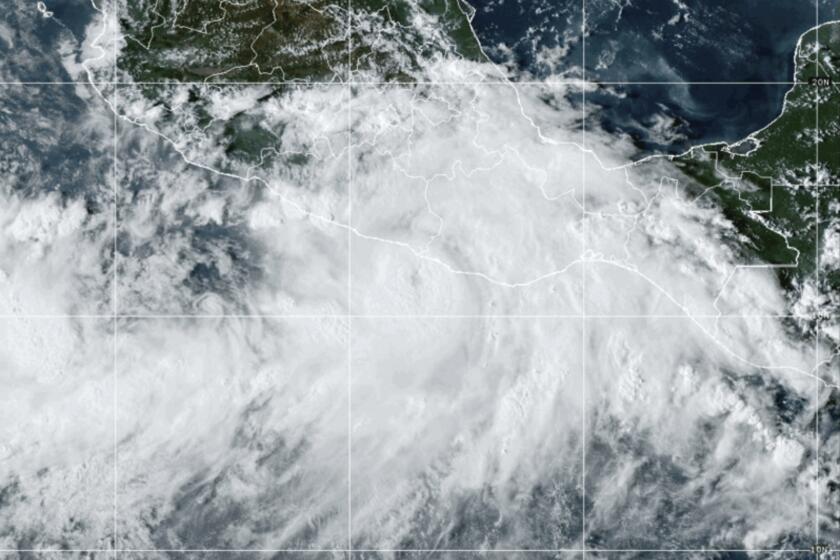Rapprochement in Space
Ten years ago this week, three American astronauts and two Soviet cosmonauts met in space and shook hands. Last year the Reagan Administration, with the full support of key members of Congress, approached Moscow with a proposal for a new joint manned space mission. The Soviets were still playing hard to get when the killing last March of U.S. Army Maj. Arthur D. Nicholson by a Soviet army guard in East Germany put the initiative into limbo.
The word from Washington is that the Administration is moving to reopen the discussions about a joint U.S.-Soviet space mission. Komsomolskaya Pravda, the Soviet youth newspaper, published a story on Tuesday expressing hope that such a cooperative mission will be arranged. Although unofficial, this is a welcome change from the standoffish reaction of the Soviets a few months ago.
Unfortunately, the Russians don’t quite seem to have their act together. Another incident occurred in East Germany over the weekend--this time involving the seemingly deliberate ramming of a vehicle from the U.S. military mission by a Soviet truck. The United States lodged a stiff protest, but early indications are that President Reagan is not disposed to allow the incident to get in the way of efforts to improve relations with Moscow.
Last year’s U.S. proposal centered on the use of the American space shuttle and the Soviet Salyut space station to demonstrate the potential for cooperative efforts in space-rescue operations. Current thinking involves this plus possible cooperation on exploratory missions to Mars.
Because the outlook for progress on arms control is so unpromising, both Moscow and Washington may well relish the prospect of being able to announce a new agreement on space cooperation at the scheduled summit meeting in November between Reagan and Soviet leader Mikhail S. Gorbachev.
The fact is, though, that enhanced U.S.-Soviet cooperation on space missions makes sense on scientific and budgetary, as well as diplomatic, grounds.
There is more cooperation now than most people realize. For example, the Soviets take an active part in a program in which orbiting satellites receive and relay distress messages from downed aircraft. Arrangements have been made for U.S. involvement in the acquisition and analysis of data from the Soviet Vega spacecraft that will encounter Halley’s comet in 1986.
Congress’ Office of Technology Assessment has issued a report concluding that Soviet capabilities in planetary and space science are now excellent, and that carefully managed U.S.-Soviet cooperation would not, therefore, be a one-way street.
A House subcommittee is expected to open hearings on the subject late this month with an eye toward long-range U.S.-Soviet cooperation on large, expensive missions such as unmanned and eventually manned exploration of Mars. The Senate has already passed legislation instructing the National Aeronautics and Space Administration to submit a report on the scope for U.S.-Soviet cooperation in space.
It may turn out that the Soviets are more interested in exploiting space cooperation for their own political purposes than in arranging a mutually advantageous exchange. A prudent balance must be struck, too, between genuine concerns over the transfer of militarily important technology and the economic and diplomatic attractions of cooperation.
Those things, however, are appropriate subjects for negotiation. The Administration’s renewed interest in discussing space cooperation with Moscow is most welcome.
More to Read
Sign up for Essential California
The most important California stories and recommendations in your inbox every morning.
You may occasionally receive promotional content from the Los Angeles Times.










